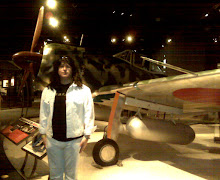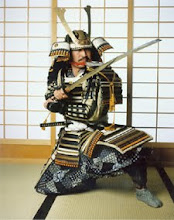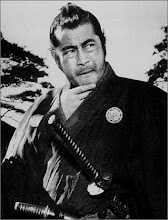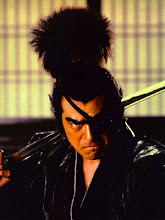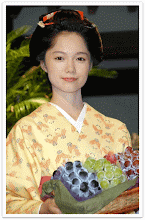This is a special event that will be taking place at the Koyasan Buddhist Temple in Little Tokyo which will pay tribute to the teachers of Traditional Japanese Arts while interned in America's own Concentration Camps (WRA - War Relocation Authority) during World War II. なに? Yes, we did have Concentration Camps in this country despite what our history books choose to call them. But I won't go into how feel about how our country was shamefully a gas chamber away from being like the Nazi's(or how much it pisses me off that idiots like current Senator(R) Lindsey Graham of South Carolina make so many openly racist comments about Japanese Americans). Instead, I am just going to repost the following information which I feel is important to the legacy to the Japanese-American Community and to the City of Angels.
So now that I got that off my chest here is the following information brought to you by the
JACCC.
Sixty-eight years have passed since the end of World War II and the incarceration of approximately 112,000 Japanese nationals and Japanese Americans in concentration camps. Though much has been researched and written about the camp experience, the story of the brave artists who practiced and taught Japanese traditional arts remains a hidden legacy.
For one performance only, actual artists who taught and learned Japanese traditional arts during this period will be presented in performance and discussion. Classical Japanese dance (odori), classical music (nagauta) and Buddhist folk dance (bon odori) will be represented.
The artists who will participate in this event of performance and discussion are:
Bando Mitsusa - Tule Lake, CA, classical Japanese dance
Kineya Jyorokusho - Gila River, AZ, nagauta shamisen music; also taught koto and odori in camp
Hokunin Kyokuto Kimura, aka Molly Kimura - Tule Lake, CA, biwa music, ikenobo, tea ceremony, Japanese language, Buddhist studies
Kayoko Wakita - Manzanar, CA, koto and shamisen music, also representing her parents Baido Wakita (shakuhachi) and Nobue Wakita (koto and shamisen)
Hanayagi Reimichi, aka Reiko Iwanaga - Amache, CO, obon odori dance, also representing Rev. Yoshio Iwanaga, Poston, AZ camp
Yukino Harada - Amache, CO, Japanese classical dance
Fujima Rieyuki, aka Yuki Sato Lee-Minidoka, ID, Japanese classical dance, also representing her mother, Nishikawa Kikuharu
Koyasan Buddhist Temple - 342 E. 1st Street, 90012
Suggested donation:
$20 General Admission
$15 Seniors/Students with ID
For more information/reservations, please call (213) 628-2725 ext. 133 or email
kelley@jaccc.org
This program is co-sponsored by the JACCC, Koyasan Buddhist Temple and the George & Sakaye Aratani Endowed Chair and the Asian American Studies Center, UCLA
















.bmp)


